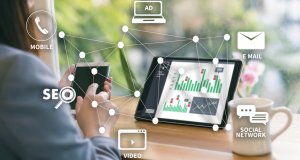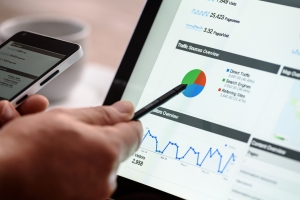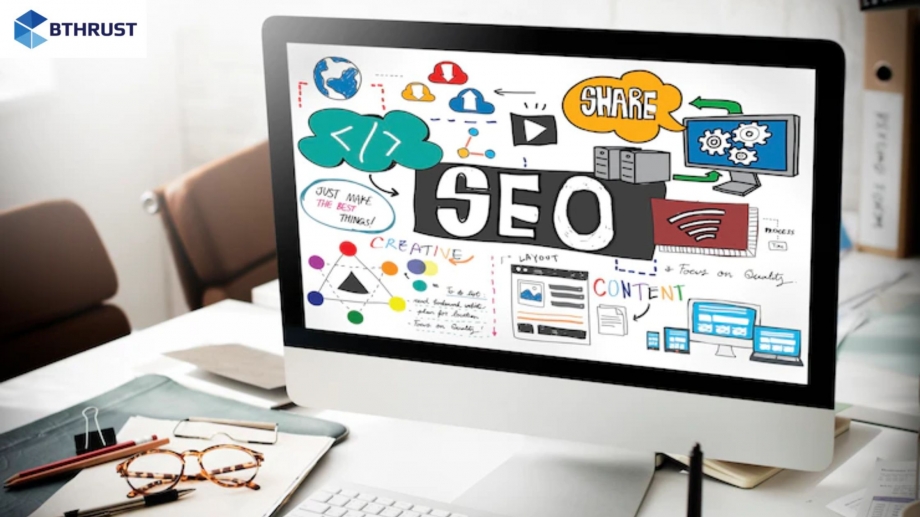In the digital age, where information is constantly bombarding our screens and inboxes, mastering the art of email marketing is more critical than ever. However, sending out individual emails to hundreds or thousands of subscribers manually is not only tedious but also ineffective. This is where Email Marketing Automation comes into play. In this comprehensive guide, we'll explore how to harness the power of automation to supercharge your email marketing efforts, increase engagement, and ultimately drive more conversions.
The Evolution of Email Marketing
Before we delve into the intricacies of email marketing automation, let's take a moment to understand the evolution of this indispensable tool. Email marketing has come a long way since its inception. Initially, it was primarily used for sending out mass newsletters, often cluttering subscribers' inboxes with generic content.
As technology advanced and consumer preferences evolved, so did email marketing strategies. Marketers started realizing the importance of personalized, targeted communication. This shift in approach paved the way for the birth of email marketing automation.
Understanding Email Marketing Automation
Email marketing automation is the process of using technology to streamline and personalize your email marketing campaigns. It allows you to send the right message, to the right person, at the right time, without the need for constant manual intervention. Here's how it works:
1. Segmentation
Segmentation is the cornerstone of successful email marketing automation. It involves dividing your email list into smaller, more targeted groups based on various criteria such as demographics, behavior, or purchase history. By doing so, you can tailor your content to resonate with each segment, increasing the chances of engagement and conversion.
2. Personalization
Personalization is a key driver of email marketing success. Automation tools enable you to address your subscribers by their first name, recommend products based on their past purchases, and send birthday greetings, making your emails feel more human and less robotic.
3. Behavioral Triggers
One of the most powerful features of email marketing automation is the ability to set up behavioral triggers. For example, if a subscriber abandons their shopping cart on your e-commerce website, an automated email can be sent to remind them to complete their purchase. These triggers can significantly boost conversion rates.
4. Drip Campaigns
Drip campaigns are a series of automated emails sent at predefined intervals. They are an excellent way to nurture leads and guide them through the sales funnel. Each email in the series can provide valuable content or incentives, gradually building trust and encouraging action.
5. A/B Testing
Automation tools allow you to conduct A/B tests effortlessly. You can test different subject lines, email content, and send times to determine what resonates best with your audience. This data-driven approach ensures that your emails are continually improving.
Benefits of Email Marketing Automation
Now that we've covered the basics, let's explore the myriad benefits of email marketing automation:
1. Time Efficiency
Automation frees up your time to focus on strategy and creativity rather than manual tasks. You can schedule emails in advance, allowing you to maintain a consistent presence in your subscribers' inboxes.
2. Improved Engagement
Personalization and behavioral triggers result in higher engagement rates. When subscribers receive content that resonates with them, they are more likely to open, read, and act upon your emails.
3. Enhanced Customer Retention
Drip campaigns and automated follow-ups help build long-term relationships with your customers. By staying top-of-mind, you increase the chances of repeat business and referrals.
4. Better Analytics
Automation tools provide in-depth analytics, allowing you to track the performance of your campaigns. You can measure open rates, click-through rates, conversion rates, and more, enabling data-driven decision-making.
Choosing the Right Automation Platform
Selecting the right email marketing automation platform is crucial for success. Consider factors like ease of use, scalability, integration capabilities, and pricing when making your decision. Popular choices include Mailchimp, HubSpot, and ActiveCampaign.
Getting Started with Email Marketing Automation
To get started with email marketing automation, follow these steps:
-
Define Your Goals: Determine what you want to achieve with your email marketing campaigns. Is it increased sales, brand awareness, or customer retention?
-
Build Your Email List: Ensure that you have a clean and up-to-date email list. Remove inactive subscribers to improve deliverability.
-
Select an Automation Platform: Choose a platform that aligns with your goals and budget.
-
Segment Your Audience: Divide your subscribers into meaningful segments to deliver personalized content.
-
Create Engaging Content: Craft compelling emails with attention-grabbing subject lines and valuable content.
-
Set Up Automation Workflows: Create automated workflows for various scenarios, such as welcome emails, abandoned carts, and post-purchase follow-ups.
-
Test and Refine: Continuously monitor and optimize your campaigns based on analytics and A/B testing results.
-
Compliance: Familiarize yourself with email marketing regulations, such as GDPR and CAN-SPAM, to ensure legal compliance.
In Conclusion
Email marketing automation is a game-changer for businesses looking to maximize their online presence and drive conversions. By utilizing segmentation, personalization, and behavioral triggers, you can create highly effective email campaigns that resonate with your audience.
Remember that success in email marketing automation comes from a combination of strategy, quality content, and the right automation tools. Start your journey today, and watch as your email marketing efforts soar to new heights.






